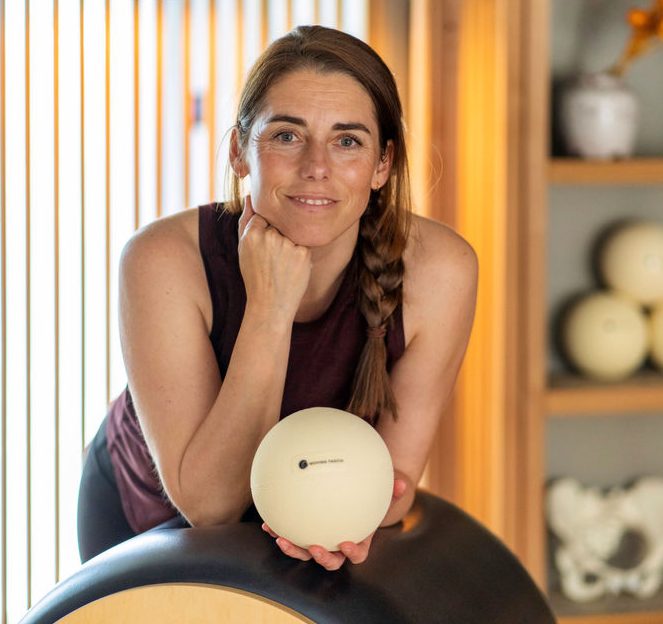Fascia as Threshold: the Sacred Interface
by Steven Goldstein Ritual-Based Exercises for Manual Therapy Practice Fascia isn’t just structure—it’s a threshold: a living interface between body, mind, and spirit. When we treat it as sacred, our work becomes more than therapeutic—it becomes transformational. Below are practical, ritual-based ways to bring this concept into your sessions. These are simple, grounded, and meant…
The Primo-Vascular System (PVS): the Ultimate Fluid Fascia
By Bruno Chikly, MD, DO, LMT The fluid fascia refers to the liquid component within the layers of connective tissue/fascia. It can shift and move in response to various internal factors (internal smooth muscles, lymphatic muscles, etc.) or external factors, such as movement, posture, skeletal muscle contractions, external compressions, deep breathing, beating of the arteries,…
Monthly Member Webinar – Thursday 21st August 2025
Monthly Member Webinar – Thursday 21st August 2025 Practical details Date: Thursday 21st August 2025 Time: 19.00 – 20.00 UK time. Check your timezone here Presenter(s): Steven Goldstein Title: Fascia as Threshold: The Interface: the Sacred and the Profane Once you have registered, you will receive an email with the zoom link. You will also get…
Being Bodyful: Cultivating Self-Awareness Through the Fascia-Brain Connection
By BetsyAnn Baron In a fast-paced world, many of us live from the neck up — focused on thought, planning, and doing — often unaware of the subtle cues arising within our own bodies. Yet, our posture and the way we inhabit ourselves moment to moment can offer profound insight into how we feel, move,…
Beyond Fascia – Biotensegrity in Sport
by Lisa Babiuk There is nothing more awe inspiring than to see a human perform a feat that defies anything anyone has done before. We could all share a story of something that we saw, something someone has done that was amazing, that made us feel an emotion that quite probably inspired us to move…
Monthly Member Webinar – Friday 18th July 2025
Monthly Member Webinar – Friday 18th July 2025 Practical details Date: Friday 18th July 2025 Time: 19.00 – 20.00 UK time. Check your timezone here Presenter(s): Dr Bruno Chikly Title: The Primo Vascular System (PVS), A Unique Human Biological System Shifting Manual Therapy Paradigm. Applications for Cranial, Visceral, Lymphatic, and Fascial Techniques Once you have…
Monthly Member Webinar – Thursday 19th June 2025
Monthly Member Webinar – Thursday 19th June 2025 Practical details Date: Thursday 19th June 2025 Time: 19.00 – 20.00 UK time. Check your timezone here Presenter(s): BetsyAnn Baron Title: Being Bodyful Once you have registered, you will receive an email with the zoom link. You will also get a reminder on the day of the webinar,…
Fascial Hydration: Why It’s More Than Just Drinking Water
by Yasmin Lambat Fascial Hydration: Why It’s More Than Just Drinking Water When we think of hydration, we often picture drinking more water. But what if hydration is about more than just what’s in your glass? Your body’s fascia—the connective tissue that weaves through every muscle, organ, and nerve—thrives on movement, sensation, and fluid dynamics….
Monthly Member Webinar – Thursday 22nd May 2025
Monthly Member Webinar – Thursday 22nd May 2025 Practical details Date: Thursday 22nd May 2025 Time: 19.00 – 20.00 UK time. Check your timezone here Presenter(s):Lisa Babiuk and Wilbour Kelsick Title: Beyond Fascia – Biotensegrity and Sport Once you have registered, you will receive an email with the zoom link. You will also get a…
Fascia and Resonance: Exploring the Threshold Between Self and Environment
By Ana Barretxeguren Bring yourself back to a moment when something resonated deeply, a sound that lingered in your chest, a place that felt like home, or a face that brought warmth to your whole body. Resonance goes beyond simple vibration; it happens when we meet a frequency to which we are aligned, this alignment…








